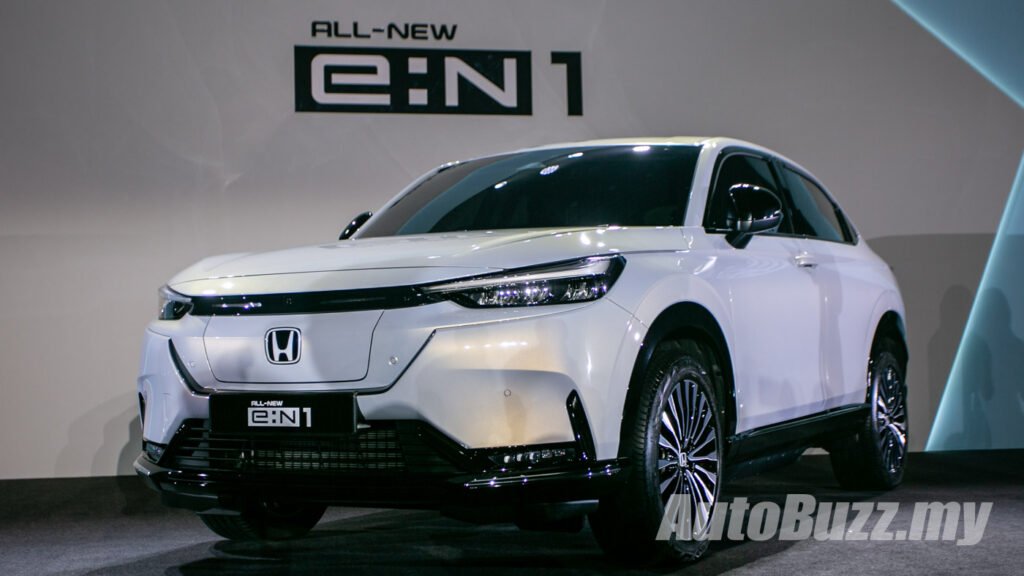Despite the booming electric vehicles (EV) market in recent years, many carmakers are scaling back their electrification push, citing waning demand among many factors – and Honda is next to join in line. The Japanese carmaker announced during its recent business briefing that it will be cutting back EV investments by 30% and shifting its focus elsewhere in light of changing EV market environment, including changes in environmental regulations and trade policies in various markets.
The originally planned JPY10 trillion (approx. RM296 billion) investment in EVs and software development has now been scaled back to JPY7 trillion (approx. RM207 billion) through 2031, while its EV sales ratio target of 30% by 2030 has also been reneged, with CEO Toshihiro Mibe saying that a 20% share is more likely to happen.
Honda believes that the “strategy realignment” will help bring new value to a wider range of customers in more accessible and affordable ways, particularly in terms of its e:HEV hybrid models, which is set to play a key role in the marque’s transition towards carbon neutrality, which it still intends to achieve by 2050.
ALSO READ: 2025 Honda e:N1 launched from RM149k – Honda’s first EV SUV in Malaysia
In that vein, Honda will be pushing forward with the launch of 13 new hybrid electric vehicles (HEV), set to be introduced to the market from 2027 onwards into the end of the decade, including large-size vehicles meant for the North American market. These models will also bear the new ‘H’ emblem, previously earmarked solely for the marque’s EV models.
Investments are also being made to enhance its e:HEV hybrid platform for the future, with improvements including more weight reduction and a new all-wheel drive (AWD) drive unit. As a result, Honda says the fuel economy of its future e:HEV models will be improved by “more than 10%”, while boasting further advances to the Honda driving experience.
The company also aims to reduce the cost of its next-generation hybrid system by “more than 50%” compared to those from 2018, and over 30% compared to the e:HEV models it introduced since 2023. The cost reduction, mainly around key components including batteries and motors through various “co-creation activities with suppliers”, will hopefully reduce the sticker prices on its hybrid models, and thus drive up adoption rates.
Alongside the improvements in hybrid technology, Honda will also rely on its “next-generation” advanced driver assistance systems (ADAS) to increase the competitiveness of its products, which will be present on new EV and HEV models starting 2027.
The Japanese carmaker hints at a SAE Level 3 autonomous driving capability, with the system able to assist the driver “with vehicle operations such as acceleration and steering throughout the entire route, whether on expressways or surface roads, to the destination the driver inputs on the navigation system”.
Overall, Honda aims to increase its global sales volume targets in 2030 to 3.6 million units, with HEVs accounting for 2.2 million units, while EVs will be somewhere in the region of 750,000 units.
Despite the renewed focus, Honda clarifies that the company is not abandoning EVs. In fact, the company claims that there is no change in its position that EVs are the “optimal solution for achieving carbon neutrality from a long-term perspective”.
The company will still be carrying out its planned initiatives around EVs, with the upcoming 0 Series – including the 0 SUV and Saloon – being the main pillar around the marque’s EV business. The Honda 0 SUV is slated to be launched in North America in 2026, with other global markets to follow.
ALSO READ: Honda Malaysia sets 83,000-unit sales target in 2025, estimated 10.6% market share





